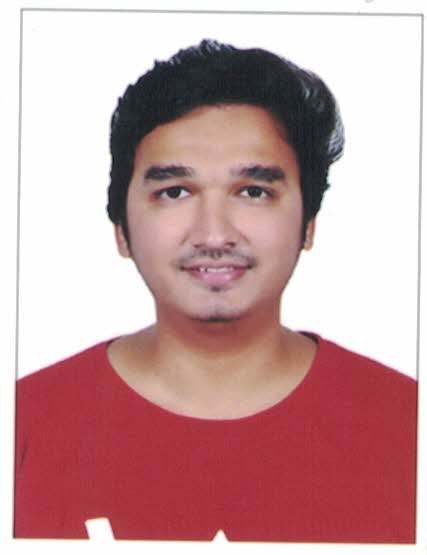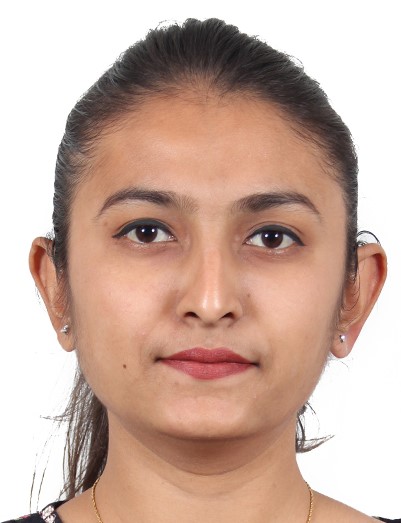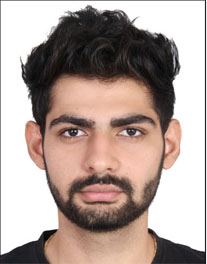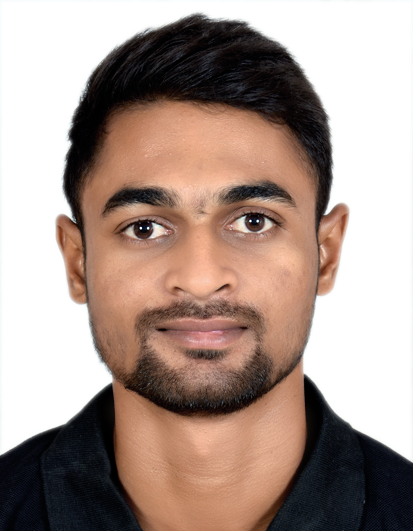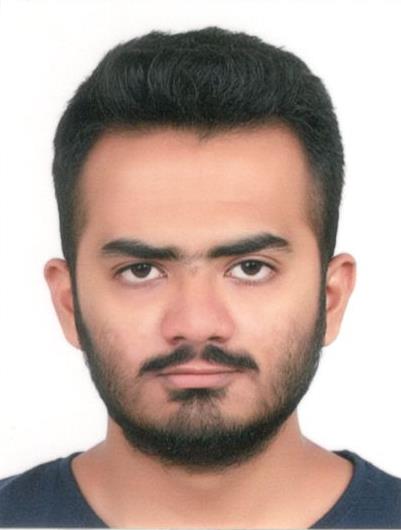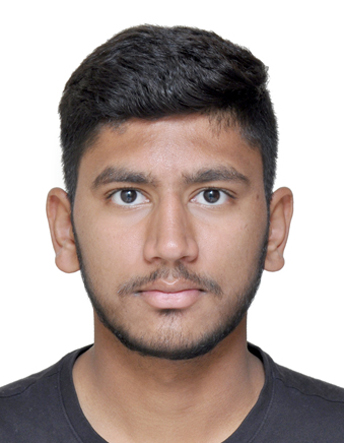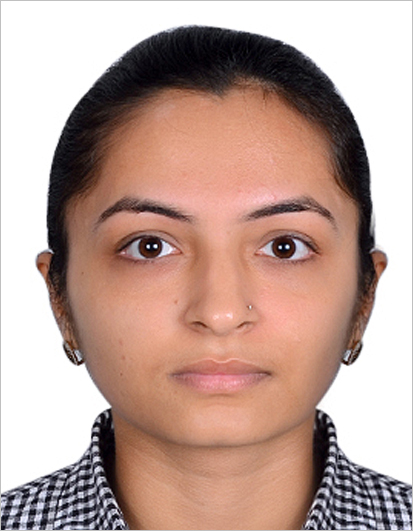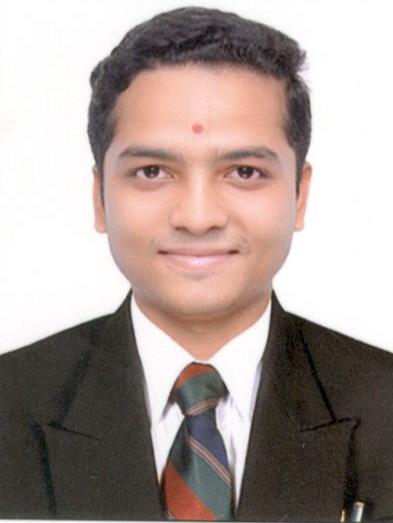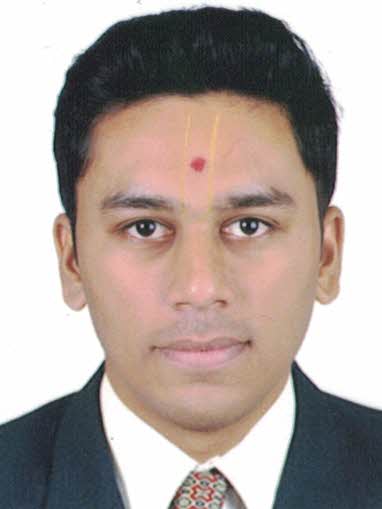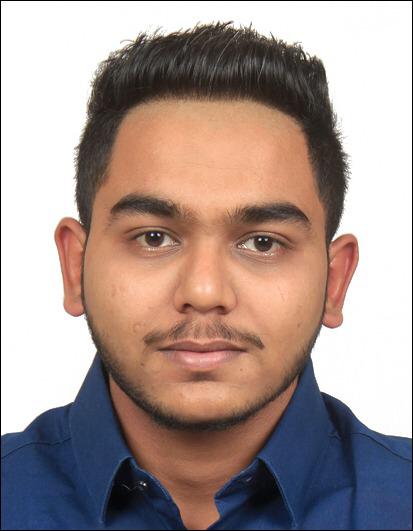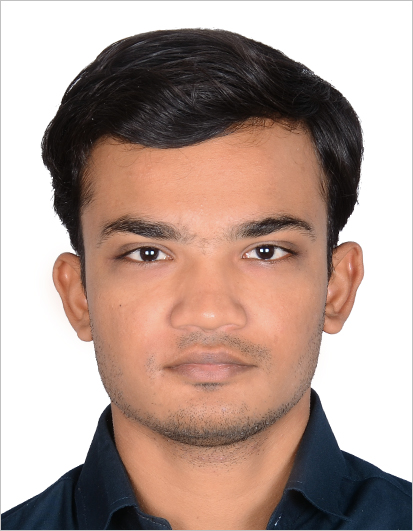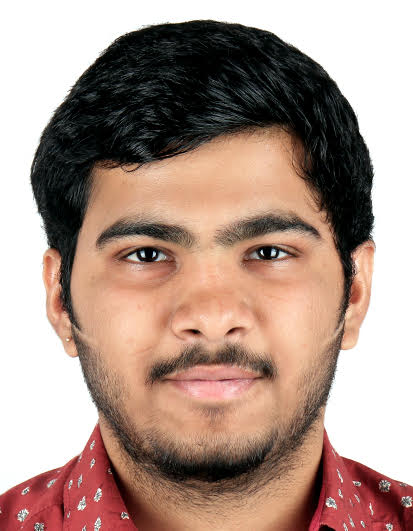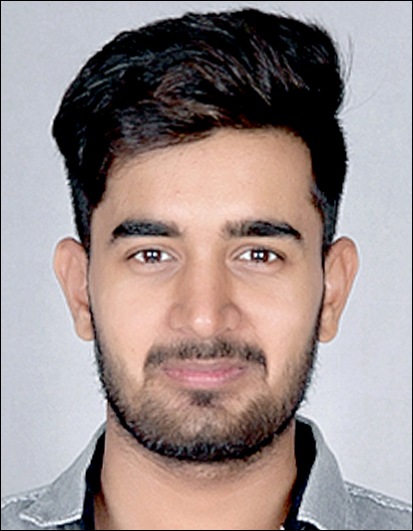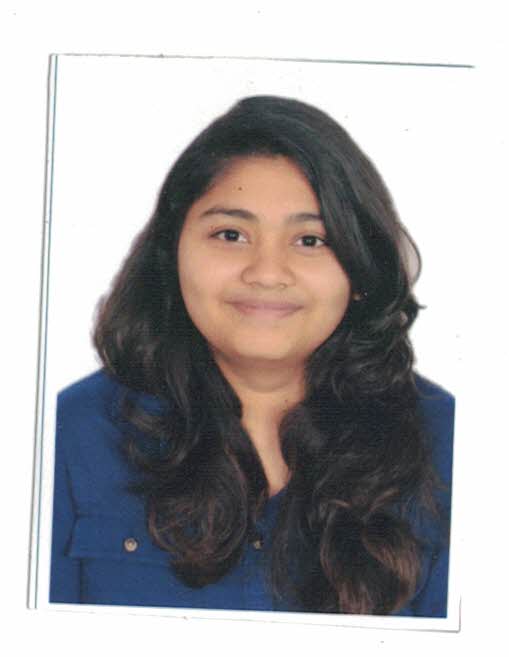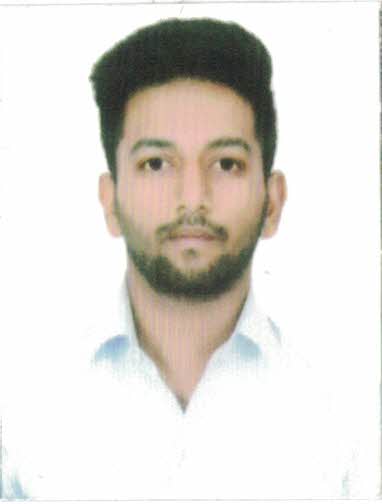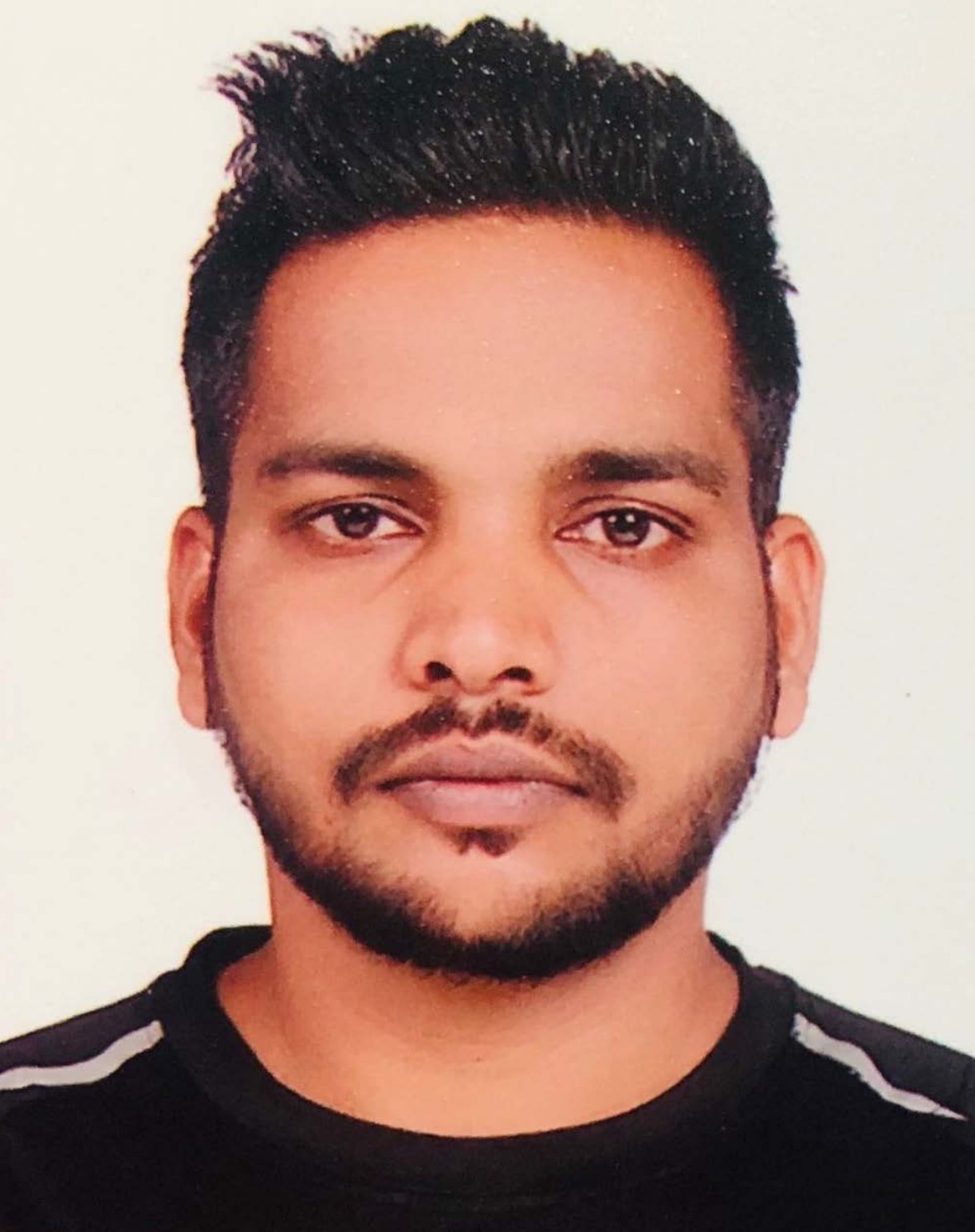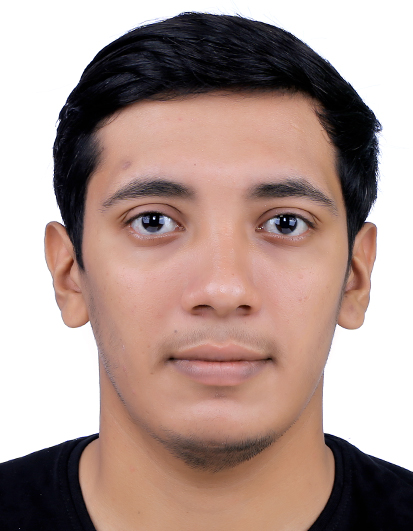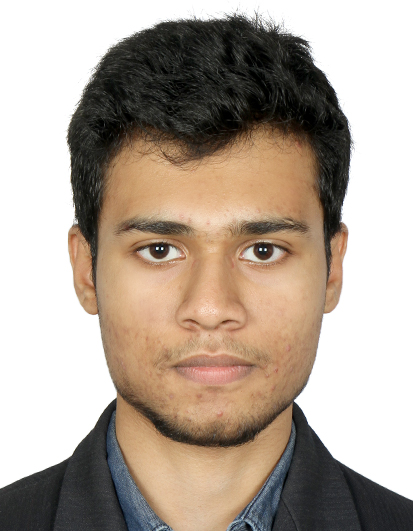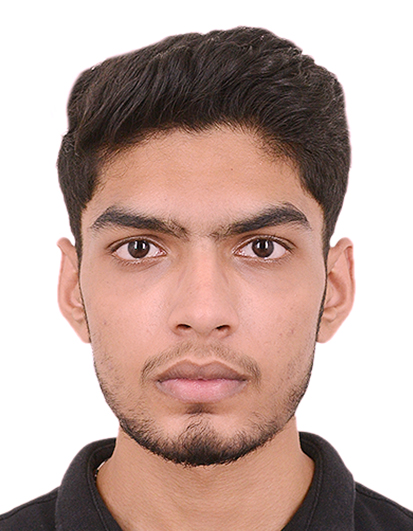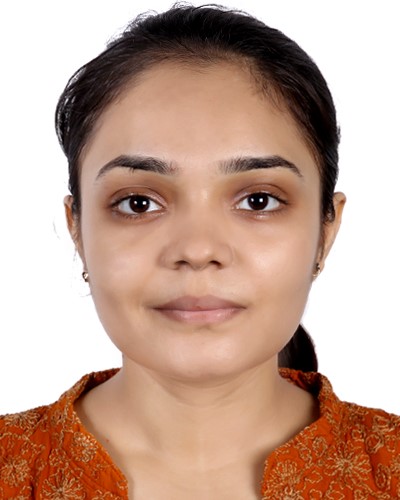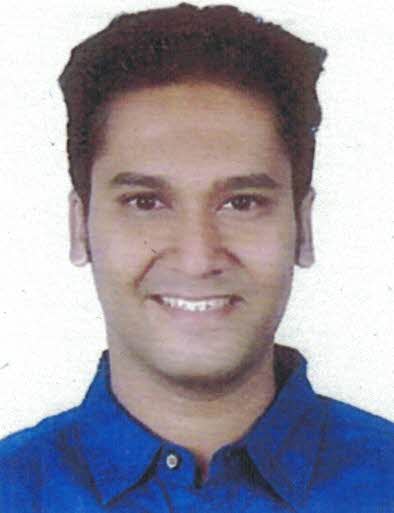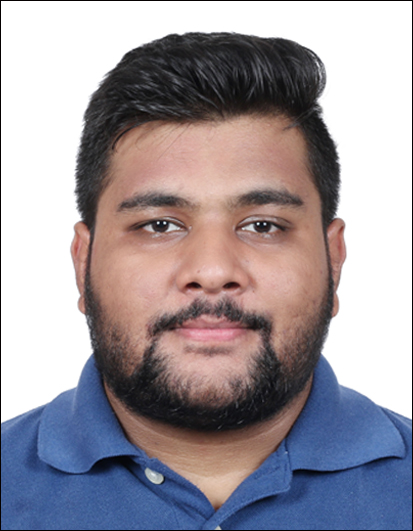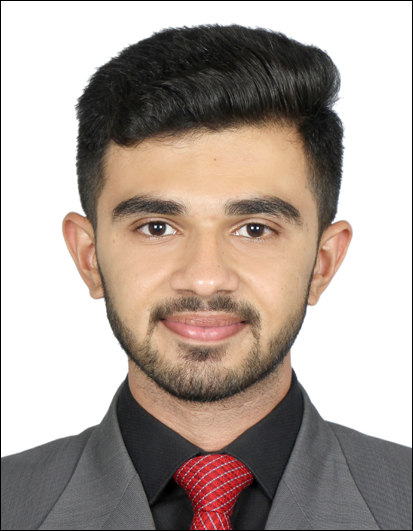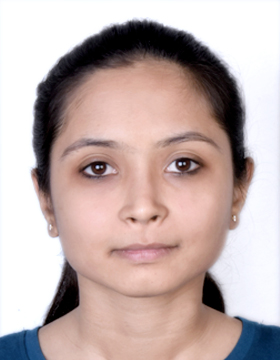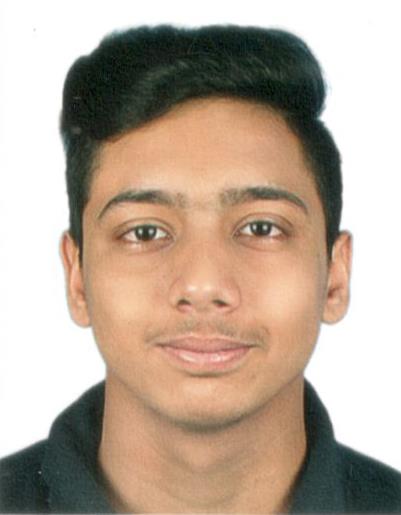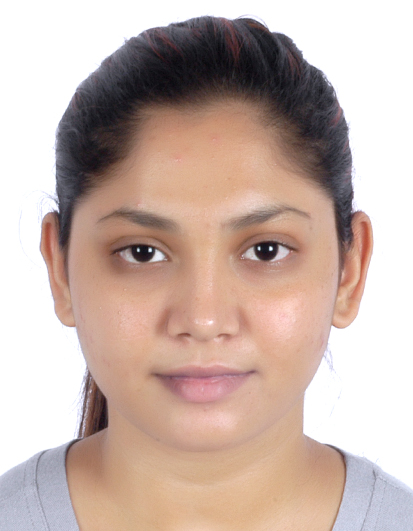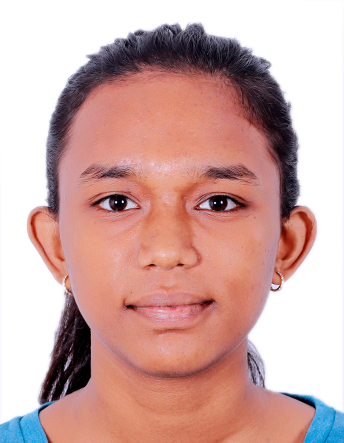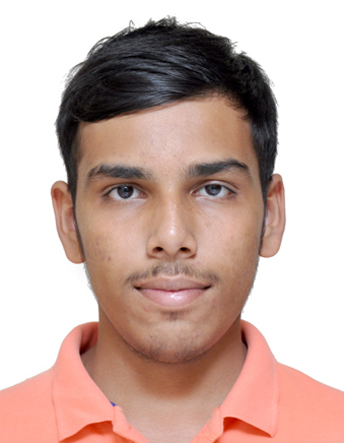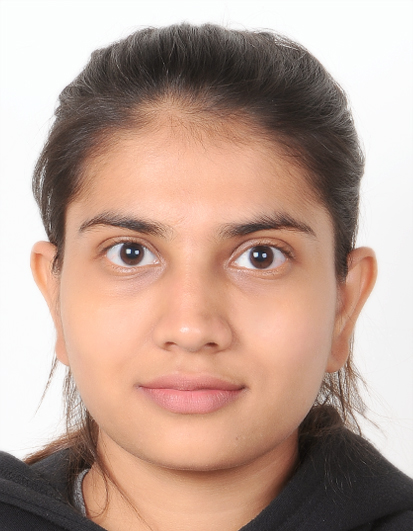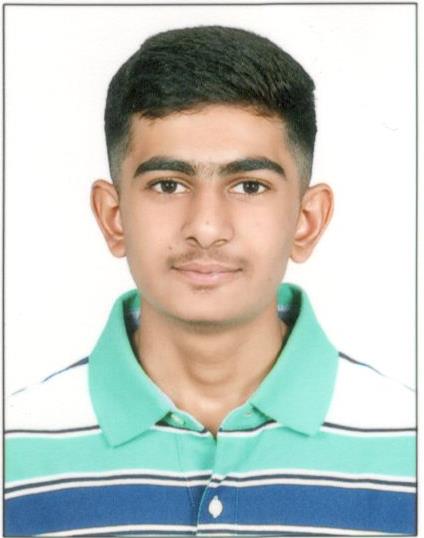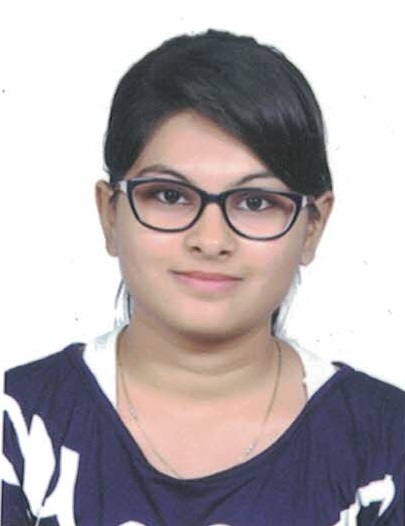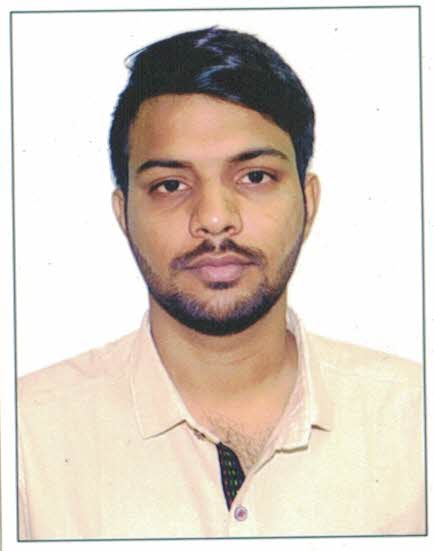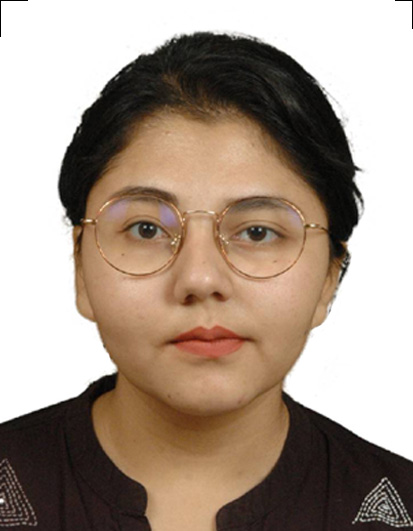- About The Country
- Student Life
- Admission Process
- Exams
- Cost of Living
- Visa
- Checklist Before Departure
- Post studies options
Australia is the largest country, geographically, and is a continent in itself. It lies in the southern hemisphere so the weather changes are opposite than those of India. Australia has five of the 30 best cities in the world for students to live in based on student mix, affordability, quality of life, and employment opportunities. The capital of Australia is Canberra.
Education system
Australia has the third highest number of international students in the world after United Kingdom and United States. It also has seven of the top 100 universities in the world. Australia's national quality assurance system is unique in its structure and rigour. The Australian Quality Training Framework has been set up by the government to strengthen the quality assurance processes in education.
College Fit
At the higher education level, students have a wide range of options when they choose a college or university. Although there are agencies that attempt to rank colleges and universities, the concept of “fit” is also important. The GPA* of admitted students are important, but majors offered, location, number of students enrolled, and campus culture are all factors influencing a prospective student’s decision. Some colleges and universities are publicly funded, while others are privately supported.
*GPA means grade point average. It is the average of all grades received.
Popular student destinations
The top universities in Australia are The Australian National University, The University of New South Wales, The University of Melbourne, The University of Western Sydney, and Monash University (in no particular order). The area of New South Wales on the east coast of Australia is the centre of all its renowned academic institutes. Most of the best colleges in the country are situated in cities like Sydney, Canberra, Brisbane, Melbourne, and Perth. About 12,629 Indian students were studying in Australia during the academic year 2012-13. Accounting, Master of Business Administration (MBA), Health Care, Information Technology, and Hotel Management are the popular courses Indian students pursue in Australia.
Safety in Australia
Australia is a multicultural society that welcomes people from other cultures, countries and backgrounds. While majority of Indian students studying in Australia have a positive experience of living and studying in Australia, there were a number of incidents of assault as well as of robbery during 2009 and 2010, which affected not only Indian students but also members of the larger Indian community in Australia. Presently, no such incidents have been reported and active efforts have been made by the Australian government to prevent such untoward incidents from happening in future.
Weather
Australia is diverse in its geography and climate. The country is located in the southern hemisphere. This means Australia's summer starts in December and winter begins in June. Nearly a third of Australia is in the tropics where the average temperatures are in the mid 20 degrees Celsius. The southern areas are in a temperate zone.
Australian Capital Territory – This region covers Canberra. It has hot, dry summers, and cold winters with occasional fog and frequent frosts. The average temperature in summers would be around 30°C to 15°C; in winters it would be around 11°C to 0°C.
New South Wales – This region covers Sydney and its weather is very relaxing all-round the year. The average temperature in summers would be around 22°C to 40°C; in winters it would be around 17°C to 8°C.
Northern Territory – This region has a tropical climate, and has two distinct seasons, the 'Wet' and the 'Dry'. The Wet season spans from November until April and is characterised by increased humidity followed by monsoonal rains and storms. The 'Dry’ season, from May until October, is characterised by warm, dry sunny days and cool nights. This region covers Darwin. The average temperature in wet season would be around 33°C to 25°C; in dry season it would be around 35°C to 21°C.
Queensland - Warm summers and mild winters are what you can expect here. This region covers Brisbane. The average temperature in summers would be around 20°C to 30°C; in winters it would be around 20°C to 10°C.
South Australia – This region experiences mild weather with sunshine all the year round and covers Adelaide. The average temperature in summers would be around 17°C to 30°C; in winters it would be around 15°C to 6°C.
Tasmania - Snow falls in the mountains in winter. However, most people in Tasmania live in towns and cities near the coast. The ocean moderates the temperatures there. It covers cities like Hobart and Devonport. The average temperature in summers would be around 25°C to 10°C; in winters it would be around 11°C to 4°C.
Victoria – This region covers Melbourne. It enjoys warm summers, pleasant springs, mild autumns and crisp winters. The average temperature in summers would be around 26°C to 15°C; in winters it would be around 13°C to 6°C.
Western Australia - This region covers Perth and is famous for its long days of sunshine, spotless blue skies and brilliant beaches. The average temperature in summers would be around 31°C to 18°C; in winters it would be around 17°C to 7°C.
Lifestyle tips
Australians are known to be friendly and helpful people, with a great sense of humour. Australia is considered one of the most competitive nations on Earth. This covers all areas of life including the workplace. While English is Australia’s national language, there are certain words and expressions that have come to be regarded as uniquely Australian through common usage. Some of them might seem strange to non-Australians.
Australians love their sport, both playing it and watching it. The most loved sports in Australia include Australian football, rugby, and cricket. This relatively benign climate has resulted in a country where people spend a good deal of time outdoors at beaches, in the countryside or on sporting fields as either spectators or participants.
Indians living in Australia
There were nearly 308,542 Indian immigrants living in Australia in 2011. They represent the second-largest immigrant group by country of origin, after China. Almost one-third of all Indian immigrants resided in Victoria.
Accommodation
Firstly, you need to decide whether you want to live in university managed accommodation, or with a private landlord. Choosing university managed accommodation can also give you a catered or self-catered option. Catered accommodation offers the benefits of your meals being cooked for you and a degree of certainty with meal costs.
If you have an idea about what you prefer, the accommodation office at your university will be able to tell you what accommodation they have available - so that’s the place to start. If you are thinking of renting from a private landlord or if your chosen university can’t offer you anything in its own residential facility, the accommodation office should be able to provide you with a list of private properties and landlords in the area.
Wherever you choose to live, you should make sure that you know your contractual rights and responsibilities. In most cases you will be asked to enter into a tenancy agreement, which you should read thoroughly before you sign.
Orientation
Orientation week is mandatory for international students so ensure that you arrive before it starts. This is the time where you will be introduced to the university and its services, as well as enrol in your classes. It is essential that you read your guidebook, which is provided by the college. The guide explains each part of the admission process.
Activities
Along with sport, colleges offer extra-curricular activities that provide students a wide range of experiences. Music, drama, science and literary societies in colleges offer opportunities for outdoor education and other leisure activities. Visits to theatres, concerts, and places relevant to the courses of study such as art galleries and museums, religious centres or historical sites, scientific companies and projects are all part of college life.
Requirements
These vary between study programs and levels. For each course, Indian students will need to meet a minimum English language requirement. Along with that a minimum academic record of 65% and above in class XII will be required. Foundations and Diploma programs are available for students who have secured below 60%. The student should have completed 18 years of age before joining a degree program.
It is important to note that these numbers are just for reference purpose, the actual numbers may differ from university to university.
The following documents also need to be submitted:
- Attested copies of mark sheets of class X, XII, and the Bachelor’s degree (if applicable)
- At least, two academic reference letters from professors who have taught you most recently
- If you have work experience then two letters of recommendation from the employer/manager who knows you well and can comment on your professional abilities
- Statement of Purpose (SOP)
- Resume
- Photocopied score reports of GMAT / IELTS / TOEFL
- Portfolio (in case of Students applying for art and design courses & architecture programs)
- Others (certificates / achievements at the state and national level and extracurricular activities)
- Proof of funds
Timeline
Most of the colleges in Australia accept online applications. You will have to visit each college's website to apply. In most cases, you will have to make an account on the college website to provide your basic information, submit the scanned version of your documents, and pay application fees. You will be informed about the application process and its stages through this account. Please refer to the website of the colleges of your choice to know the process of applying.
Application fee
All colleges require that you pay an application fee while applying. The fee amount will differ depending upon the college and course being applied to, so check with individual colleges about their application fee.
Steps: The common steps to applying for admission are as follows:
- Search for colleges and courses
- Contact schools and visit websites for information
- Narrow down your list of schools
- Take the entrance exams like SAT, GMAT, GRE, TOEFL, IELTS
- Write SOPs and ask for LORs
- Apply to the colleges which fit your interests
- Appear for video interviews to the colleges who shortlisted you
- If accepted, apply for student visa
SOP: A Statement of Purpose (SOP) is your introduction to the college and admission officers. It is always written in first person and describes the reason for applying to a particular college. It needs to highlight why you are a perfect fit for the college and why the college should accept you. The style of writing could differ from formal to casual, but it is important to remember that it should reflect your personality as well.
Essay: Essays are also required to be submitted by a prospective student. Essays are an important part of the university admissions process. Students may be required to write one or two essays, along with a few optional essays too. Common topics include career aspirations, strengths and weaknesses, skills, experiences, and reasons for considering a particular school.
LOR: A letter of recommendation (LOR) is a reference letter written by a third party describing the qualities, characteristics, and capabilities of the prospective student to recommend him to the college in terms of that individual’s ability to perform a particular task or function. The third party could be a professor, direct manager etc.
Intake seasons
Australia generally has two intakes i.e. February and July, with few universities offering multiple intakes in September & November. You should start your admission process around six months before the application deadline. Typically most universities have three deadlines, during one intake. It is up to the convenience of the students, which deadline to aim for. You should be done with your language and aptitude tests by three months before the deadline. The last three months should be dedicated to filling out the application form properly.
It is essential to ensure that the ‘complete application process’ along with appearing for interviews and visa application procedure should be complete by Nov-Dec for the February intake.
If you are looking to get admission into vocational courses, then some courses may have admissions open in January and perhaps even May or July.
Language exams
International English Language Testing System (IELTS), Test of English as a Foreign Language (TOEFL) and Pearson Test of English (PTE) are all standardised language tests, which are required to be taken for the purpose of getting admission into colleges. These follow different formats, structure and result bands. These tests are different in various ways but many colleges ask for any one of the results. So it's up to the student to decide which exam to appear for.
Repetition of exams
IELTS can be taken unlimited number of times. TOEFL can be retaken as many times as wished, but cannot be taken more than once in a 12-day period. Same with PTE, it can be taken as many times as desired. You must wait to receive your scores before you can book your next test.
Time to apply
Ideally, if you are aiming at the September intake you should appear for these exams by November, so that you can apply before the first deadline. The universities you will be applying to will mention which exam results they will accept. But if they give a choice to go for either of these, then the choice depends on you. The time required to prepare for IELTS/TOEFL/PTE would depend on the existing English language proficiency. You may require 2 to 4 months of preparation before the exam date.
General exams
GMAT - The Graduate Management Aptitude Test is used to measure the abilities of the potential MBA aspirant to undertake higher education in the field of business or management. It measures mathematical, English, and reasoning skills of the student.
GRE - The Graduate Record Examination is another test required to be taken by students applying to graduate schools to pursue MA or MS. Increasingly many business schools are also accepting GRE scores for the purpose to granting admission for MBA.
Repetition
You can give GMAT unlimited number of times, subject to five times a year and a gap of 30 days between two tests. You can take these tests with a gap of 30 days from the first time.
Ideally, if you are aiming at the September intake you should appear for these exams by November, so that you can apply before the first deadline. The preparatory duration generally ranges from 4 to 6 months.
Average Scores
The average GMAT accepted across universities is 520. Average GRE score is 145 for Verbal, 160 for Quantitative and 4.0 for Writing.
It is important to note that these numbers are just for reference purpose, the actual scores may differ from university to university.
The cost of living depends heavily on what part of Australia will you be living in along with how much you will socialise. Some of the basic elements for living as an international student in Australia are:
- Accommodation rent (on campus or off campus)
- Groceries and food
- Utilities like electricity, water, gas, internet
- Phone bills
- Text and reference books
- Airfare for traveling back to India
Other elements which may differ from person to person would be:
- Dining out
- Travel and Vacation
- Car rent and Car insurance
- Cable TV connection
- School expenses
The tuition fee varies according to different universities, courses and the city. The tuition expenses in Australia might be up to $15,000 to $33,000 per year for an undergraduate course. And if you are thinking of applying to a postgraduate course, the cost would be $20,000 to $37,000 per year approximately.
Living expenses
The Department of Immigration and Border Protection has financial requirements you must meet in order to receive a student visa. You must have $18,610 to study in Australia.
Health insurance
Overseas Student Health Cover (OSHC) is compulsory and you will not be able to apply for your student visa until you have purchased a policy recommended by your host university. It includes cover for visits to the doctor, some hospital treatment, ambulance cover and limited pharmaceuticals (medicines). The Department of Immigration and Citizenship requires overseas students to maintain OSHC for the duration of time they are in Australia.
Scholarships
Fee waivers are awarded to international students on the criteria of merit and need of it. Candidate with strong academics, good performance in standardised exams and extracurricular achievements would be eligible for scholarship awards and financial assistance. To benefit from these opportunities, one has to make sure to send all the required documents by particular deadlines. In addition to this, the presentation of the application is also important because one is judged by the image one projects.
Documents required
The documents usually needed for a scholarship application are as follow, although the requirements may differ:
- Academic records and photocopies
- A recent CV
- A letter of intent, which acts as a cover page
- Certificate of Language Proficiency (TOEFL or IELTS scores)
- Letters of Reference
- Loans
Student Eligibility criteria
The first thing is to be aware whether you are eligible to apply for the loan or not. The general eligibility criteria that are followed by all the banks are
- You should be an Indian national
- You must have a strong academic record
- You must be seeking admission to a professional, technical or other course of studies. Most banks maintain that the selected course should be job oriented.
- You must have secured admission to foreign university institutions.
- You must be above the age of 18 years or else your parents can avail the loan.
- Eligibility for course: You may not get a loan on every course. Here are the kinds of courses that qualify for the education loan.
For Graduation: Job oriented professional or technical courses offered by reputed universities
For Post-Graduation: MCA, MBA, MS and also diplomas
These courses could be from foreign universities or institutes approved by the state and central government.
Loan amount
: If your total fee is Rs 10 lakh, the bank may offer to give a loan of 80% of the amount and you will have to put in the balance 20%. This is called the margin amount. The maximum loan amount offered by banks for studies abroad is generally around Rs 20 lakh.
If your tuition fees amount is Rs 30 lakh, you’ll have to manage the rest of the funds by yourself. Some banks charge a processing fee, while others don’t. It may be a fixed amount or a percentage of the total loan amount. So if the bank charges you 1% as processing fee, that will be an additional cost you’ll have to cover.
Documentation required
You will have to provide the acceptance letter sent by the University reflecting that you have been selected for the course and the schedule of fees. You will also need to show the mark sheet of the last qualifying examination to show your academic record.
All banks have different requirement for documentation, so you need to confirm with the bank first.
Repayment
Repayment starts only after the course period. If the student got employed within one year after completion of the course, the repayment should start immediately after the expiry of one month from the date of employment.
If you do not secure a job within a year of completing the course, then repayment starts irrespective of whether or not you are employed. The loan is generally to be repaid in 5-7 years after commencement of repayment. If the student is not able to complete the course within the scheduled time, extension of time for completion of course may be permitted for a maximum period of two years. Generally, you will get up to a maximum number of 10 years to repay the loan.
Conditions
If you want to attend a University or college in Australia you will need a student visa. Following documents will be required for the application purposes
- Valid Passport - Your passport must be valid for at least six months beyond your period of stay in the Australia.
- Non-immigrant Visa Application
- Application fee payment receipt, as you are required to pay before your interview
Confirmation of Enrolment Form (COE) to obtain a visa to study in Australia you must be fully enrolled in an Australian institution and receive a "Confirmation of Enrolment (COE)". These forms are issued by the Australian institution you will be attending. The forms are usually issued after the tuition fees have been received.
- Acceptance letter from your host university, this will include the proposed study plan
- Letter from your current institution confirming status as a Study Abroad Student
- Overseas health insurance receipt
- 2 or 4 passport sized photographs
Note: Additional Documentation May Be Required. During the personal interview additional documents may be requested by the interviewer. These may be documents to prove evidence of academic or financial status
- Transcripts, diplomas, degrees, or certificates from schools you attended
- Scores from tests that your college required, such as the TOEFL, SAT, GRE, or GMAT
- Your intent to depart Australia upon completion of the course of study
- How you will pay all educational, living and travel costs
Process
The average time taken by the Australian High Commission for the visa procedure is anywhere between 8 to 12 weeks depending on the individual’s background, so the students need to apply for their visas at least three months prior to their course commencement.
As an international student, you must complete your course within the minimum course duration listed on your COE. You must leave Australia after completion of your studies. If you wish to stay in Australia for your graduation ceremony, you may need to apply for a visitor class visa.
Work permit
Student visa holders are allowed to work up to 40 hours per fortnight during their study in Australia. The spouses of Masters and PhD students can work unlimited hours. If you are doing voluntary, unpaid work, it is not included in the limit of 40 hours per fortnight.
Visa for spouse
The partner of the student gets a Dependent Visa and a valid work permit for the same duration as the primary applicant. This is applicable only for Master's degree application.
Please note that the Student Visas for Australia have changes effective July 1, 2016. Please read about the New Student Visa Guide for Australia to understand the various rules.
Pre-departure list
- Book airline tickets
- Arrange accommodation in Australia
- Arrange transportation to/from the airport to home in Australia
- Arrange your banking – consider buying traveller’s cheques
- Check baggage and customs limitations
- Clear all paperwork with your home educational institution
Get your documents in order and make photocopies to store in your baggage and keep at home, including:
- Passport
- Airline tickets
- Travel insurance certificate
- Letter of Acceptance by the educational institution
- Key addresses and phone numbers
- A bank statement showing proof of funds
- Prescriptions for any medication you are carrying
- Traveller’s cheques—if applicable
- Medical and immunization records
- Academic history and university transcripts
Placements
Indian students are used to the concept of campus placements and on-campus recruitment for getting jobs. There is no concept of placements in Australia, like most other countries. Most Australian Universities have a cell called a Career Services Centre, which helps you get jobs and help you prepare for interviews. The on-campus recruitment is always driven by student interest. Companies that recruit through the university do not offer a job directly. What they offer is an internship or co-op. Companies like to see your work for few months before they hire you full time.
Work visa
Graduates who have completed a Bachelor’s degree, Master’s degree may be eligible to apply for a two year post-study work visa. Graduates who have completed a Master’s by research degree or a Doctorate may be eligible to apply for a three or four year post-study work visa respectively. Other graduates may be eligible to apply for an 18 month subclass 485 visa through the graduate work stream.


